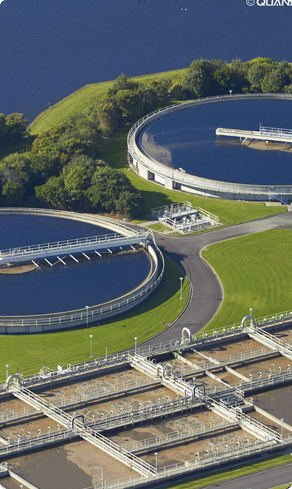Exploring the Benefits and Applications of Anionic Polyacrylamide Flocculant in Water Treatment Processes
Anionic Polyacrylamide Flocculant Applications and Benefits
Anionic polyacrylamide (APAM) is a water-soluble synthetic polymer that has gained prominence in various industries due to its excellent flocculating properties. The unique structure of APAM, characterized by its anionic charges, allows it to effectively bind with positively charged particles in aqueous solutions. This capability makes APAM an essential component in numerous applications, particularly in water treatment, mining, paper manufacturing, and agriculture.
Water Treatment
One of the most significant applications of anionic polyacrylamide is in water treatment processes. It is widely used for the coagulation and flocculation of suspended solids in wastewater. In municipal and industrial wastewater treatment plants, APAM helps aggregate fine particles, making them larger and heavier, so that they can be easily removed through sedimentation or filtration. By improving the efficiency of sludge dewatering, APAM plays a crucial role in enhancing the overall quality of treated water, thus ensuring compliance with environmental regulations.
Mining Industry
In the mining sector, the use of anionic polyacrylamide has revolutionized the processes of mineral extraction and processing. APAM aids in the separation of minerals from ores by promoting the aggregation of mineral particles, enhancing recovery rates, and reducing the amount of water and chemicals needed. Furthermore, it helps manage tailings, which are the byproducts of mining operations. By enabling the effective flocculation of fine tailings, APAM minimizes environmental impacts and promotes sustainable mining practices.
Paper Manufacturing
anionic polyacrylamide flocculant

The paper industry is another significant area where anionic polyacrylamide is utilized. In paper production, APAM improves the retention of fibers and fillers within the paper sheet, leading to enhanced strength and quality. Additionally, its flocculating properties assist in clarifying process water, making the recycling of water more efficient. As a result, the use of APAM in papermaking not only enhances product quality but also contributes to resource conservation.
Agricultural Uses
In agriculture, anionic polyacrylamide serves as an effective soil conditioner. It helps improve soil structure, enhances water retention, and reduces erosion. APAM can be particularly beneficial in arid regions where water scarcity is a significant concern. By increasing the soil's moisture-holding capacity, APAM helps improve crop productivity and sustainability. Its application can lead to more efficient irrigation practices, ultimately contributing to food security.
Environmental Considerations
While anionic polyacrylamide offers numerous benefits, it is essential to consider its environmental impact. APAM is generally regarded as safe for use in various applications; however, care must be taken to ensure that it does not contaminate water bodies. Proper handling and disposal are critical to prevent potential risks associated with synthetic polymers in natural ecosystems. Ongoing research is focused on developing greener alternatives and improving the biodegradability of polyacrylamide products.
Conclusion
Anionic polyacrylamide is a versatile flocculant with wide-ranging applications across different industries. Its effectiveness in water treatment, mining, paper production, and agriculture highlights its importance in promoting efficiency and sustainability. As industries continue to seek innovative solutions to environmental challenges, APAM remains a critical tool in enhancing productivity while minimizing ecological impacts. In the future, advancing research on its environmental implications and developing biodegradable formulations will be crucial in ensuring that the use of anionic polyacrylamide remains beneficial for both industry and the environment.
-
Water Treatment with Flocculant Water TreatmentNewsJun.12,2025
-
Polymaleic AnhydrideNewsJun.12,2025
-
Polyaspartic AcidNewsJun.12,2025
-
Enhance Industrial Processes with IsothiazolinonesNewsJun.12,2025
-
Enhance Industrial Processes with PBTCA SolutionsNewsJun.12,2025
-
Dodecyldimethylbenzylammonium Chloride SolutionsNewsJun.12,2025





